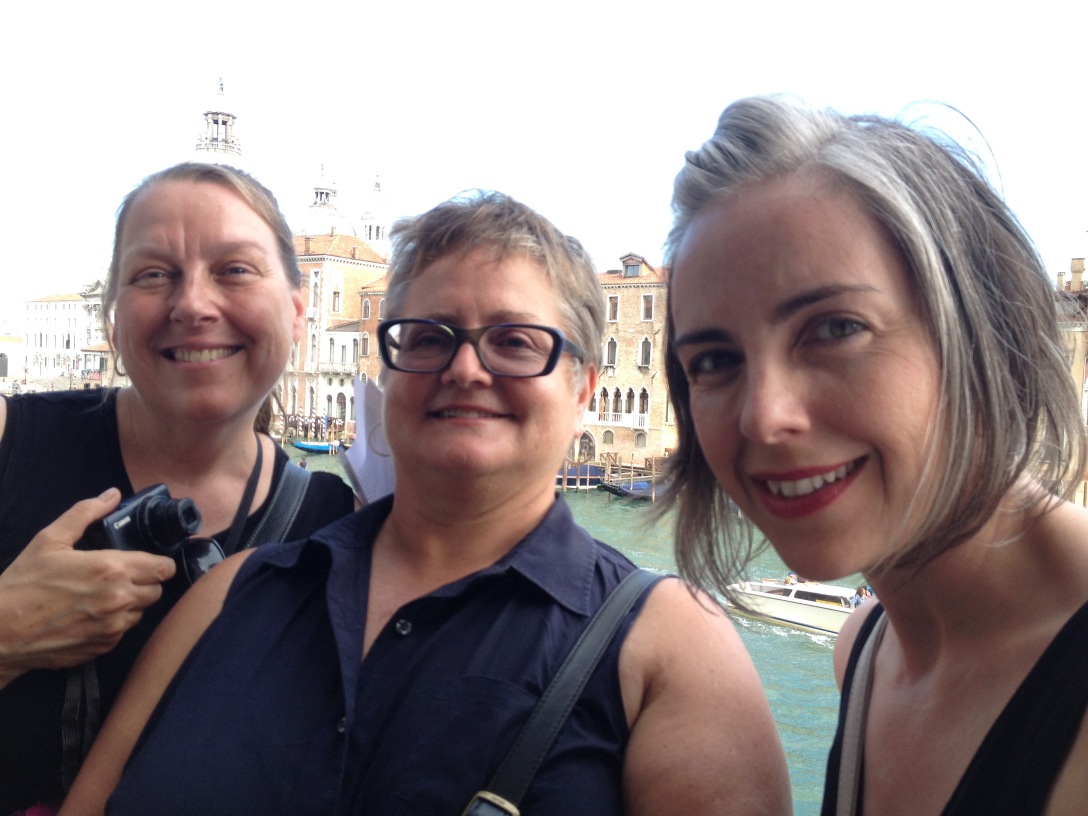Giardino dell’Eden is a multi-disciplinary art project by artists Cynthia Hammond, Kelly Thompson, and Kathleen Vaughan, in collaboration with Studio XX, a bilingual feminist artist-run centre based in Montréal, Québec.
Our focus is the Giardino dell’Eden, or “Eden Garden” – the largest, privately-owned walled garden in Venice. Located on the island of Giudecca, the terrain was first an artichoke farm, then became an elaborate garden in the hands of Caroline and Frederic Eden. The Edens were British ex-patriates who brought distinctly English ideas about gardening to this island of factories, prisons, and Jews. The garden was later the site of occupation by the fascist army, the home of an exiled queen, and a gay cruising ground. Eventually the idiosyncratic artist, architect, and environmentalist, Friedensreich Hundertwasser purchased the garden. Hundertwasser is said to have looked at the carefully cultivated roses and, after throwing some thistles into the flower beds, locked the gate so that nature could repair what humans had “destroyed”. Whether this story is strictly true or not, the garden has remained locked to virtually all outside visitors since 1979.
We are intrigued by the Giardino’s location in Venice, known for architecture rather than gardens, and its proximity to famous (and infamous) industrial complexes such as the Fortuny textile factory and the former Molino Stucky flour mill. As artists we are also compelled by the garden’s physical and visual inaccessibility; in a city of water and stone, a garden that cannot be entered or even seen is an urban paradox. As feminists we are interested in the role of Caroline Eden, sister to Gertrude Jekyll, in its design (which is typically attributed to Frederic Eden, who was however wheelchair-bound and half blind during the years of its creation).
We have been exploring the garden through historic photographs and articles, the published work of art historian, Annemette Fogh, and the Edens’ own book about their garden. Through our individual and joint art practices, we are finding ways into this locked, mysterious, but also very material place. How might art provide thresholds to this space, while creating platforms for exchange about its meaning, memory, and importance? How might we work at the edges of the garden (water, brick) to explore its history, contradictions, and symbolism? And how might we as artists engage the sensory, haptic, and mnemonic agency of the garden today? This website details that exploration and will be the place where we document a series of art actions, planned for Giudecca in spring 2017.

